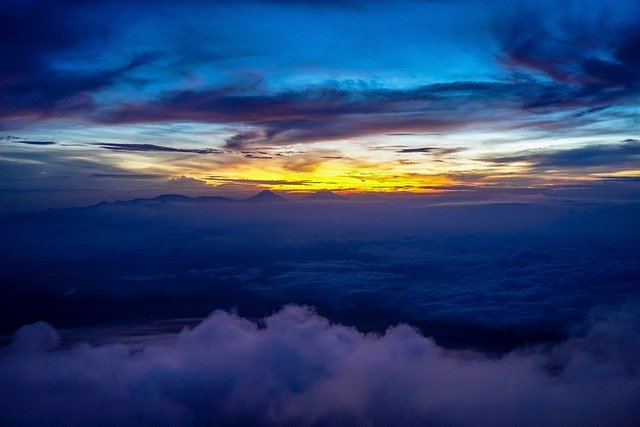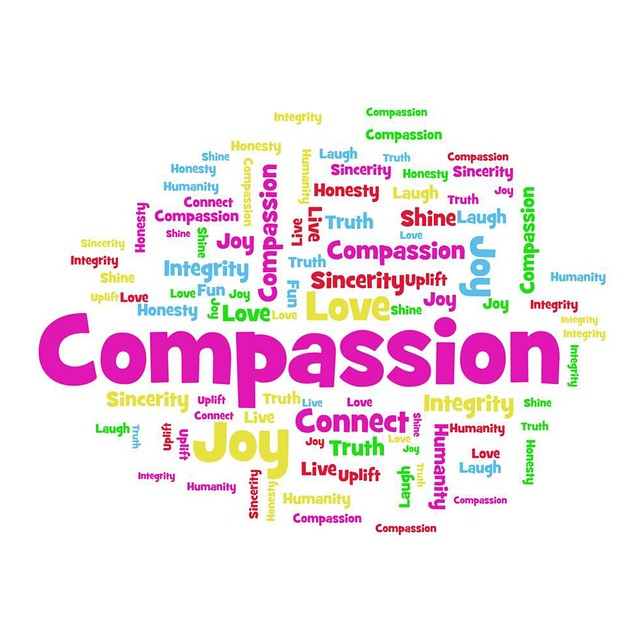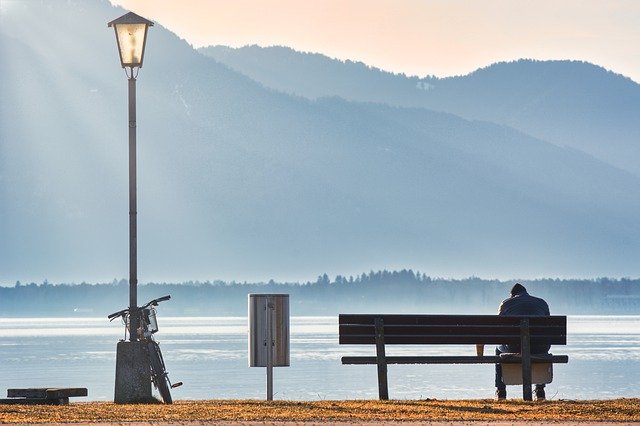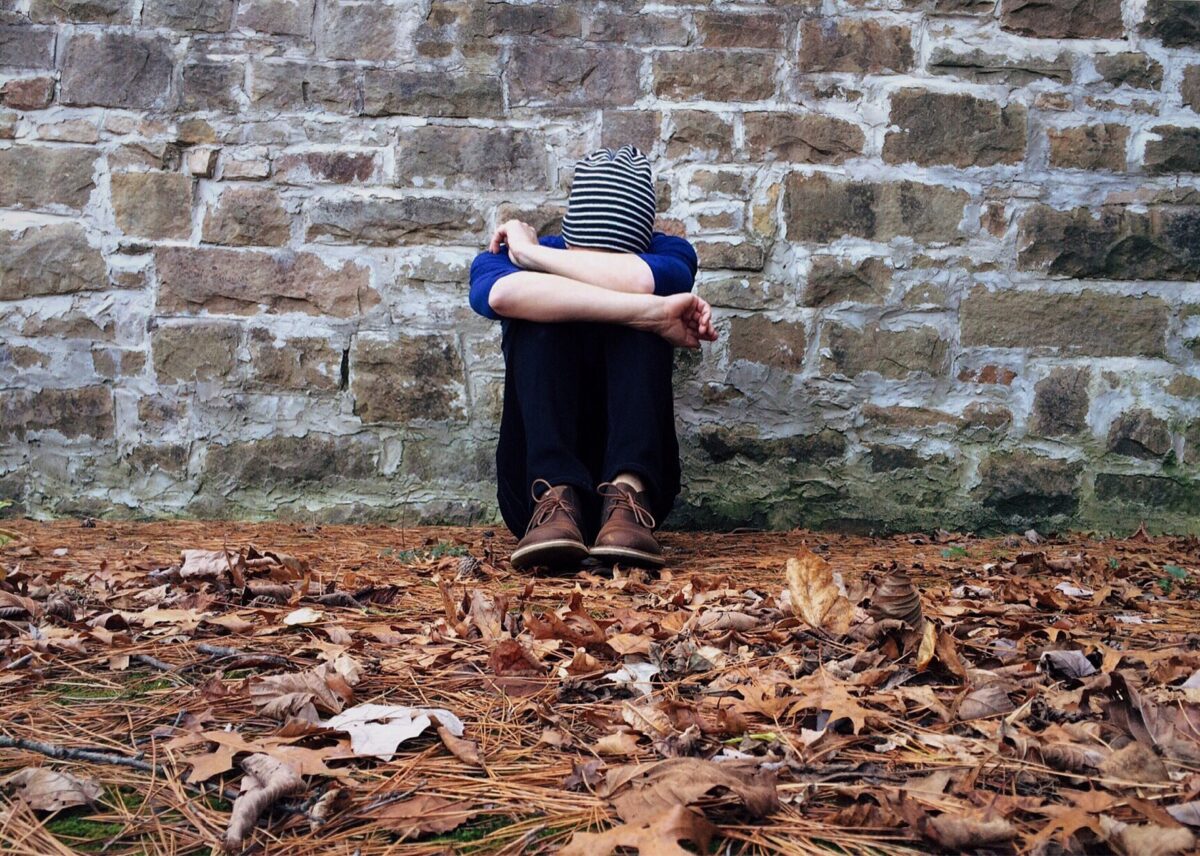In a previous post, I discussed how Rosie Ayliffe converted her grief and anger after the murder of her daughter to the reform of the Australian visa system that was contributing to manipulation and abuse of overseas backpackers. Evonne Madden, in her book Life After: A Testament to Human Resilience, recounts the stories of 60 Australians who have experienced grief after the loss of a loved one. Their stories illustrate that grief is very individual and plays out in distinctive ways over time. It also confirms the view that in most cases grief is not a straight-line experience – there are ebbs and flows often occasioned by trigger experiences, words or actions that lead to flashbacks and emotional pain.
The stories in Evonne’s book reaffirm the resilience of the human spirit and confirm how many people who experience grief find healing by going outside themselves – their anger and pain – to help others in need through compassionate action. Their grief becomes the driver of their energy to ensure that others do not experience their level of pain. As Katherine Woodward notes, trauma can be a trigger for self-awareness and self-realisation.
Exemplars of compassionate action through grief
Evonne details the heart-breaking loss experienced by the people in her stories. Their sadness and grief is palpable but relieved by their strength of character and resilience and by how they have managed their grief by turning to the needs of others. There are too many stories to recount here, but the following exemplars give you some sense of the resilience and courage of the people involved and serves as a teaser to encourage you to explore Evonne’s book yourself.
- Lushani Hewage (age 26) lost her parents and one of her sisters in the 2004 Boxing Day tsunami. Her account of the day the tsunami dramatically changed her life, when the wall of water hit the bus they were travelling in, is very traumatic and heart-wrenching. Lushani and her two surviving sisters were initially cared for by relatives in her local area in Sri Lanka. However, she was subsequently sent with one of her sisters to live with an aunt in Melbourne. So there was not only the loss of her parents and a sister whom she had a special relationship with, but also the subsequent separation from another sister and having to adapt to life in a totally different part of the world. Lushani now lives in Melbourne with her partner Sankini and they are both social workers. She makes the point that “getting over” the trauma is not really an option but life does get easier, although people become impatient with your grief and ongoing sadness. Lushani was determined to do something good after her experience and is very committed to the idea of doing social work in the child protection area.
- Ajak Kwai (age 51) experienced the loss of her ill mother when she was a child and as a young adult experienced the loss of many relatives who were murdered in Southern Sudan by militia. The civil war also took her father, siblings and fiancé. She finally moved to Australia as a refugee and is now a singer and musician and her soulful music is available on Spotify and YouTube. She stresses the need for modern society to learn from the practice in Africa where everyone drops everything and visits the bereaved family to provide emotional support…and they don’t stop visiting. She maintains that what the world needs today is for us to “go back to the basics of caring for one another”. She argues that forgiveness is important because hatred and revenge not only harms other people but also yourself so that you pay a “double price”. Ajak believes “life is incredible” and “life is a mystery” and she gives expression to these beliefs in her songs. She is a supporter of many organisations catering for women’s rights and refugees.
- Gavin Blue (age 52) and his wife Kel experienced the pain and grief of losing a child to stillbirth at 33 weeks. While the hospital staff were very caring and concerned, the photographer seemed to be going through the motions and produced photographs of the Gavin, Kel and their stillborn baby that were “very graphic and forensic” and added to the trauma of the loss of the baby, Alexandra. Kel was not coping at all afterwards so Gavin threw himself into protecting her and getting everything done, including a video of Alexandra’s life. Despite people unwittingly making hurtful comments, Gavin and Kel decided that they had to look beyond the words and “listen to people’s intentions” which were designed to be helpful. Gavin found that the photos he took himself of Alexandra helped him and Kel and made people comfortable talking about the situation “which helps immensely in grief”. This experience inspired him to start Heartfelt which involves volunteer photographers providing free photos for people who have lost a child through stillbirth or have children with very serious or life-threatening illness.
Reflection
I listened to Ajak’s soulful music while I wrote this blog. It reminded me of the healing power of music. So many people have expressed their pain and grief through song and instrumental music, including the great composers and modern day songwriters like Lindsey Stirling. Gratitude journalling too plays a major role in the healing process and is a pathway to resilience and happiness as demonstrated by Lindsey’s daily journalling process.
Grief is a complex mix of emotions fluctuating constantly and expressed in very individual ways. The depth of pain and sorrow described by Evonne can at times feel numbing but the resilience and hope demonstrated by her generous interviewees shines brightly and is overwhelmingly inspiring.
Ajak’s song Love Not Bitterness illustrates the depth of character of these people and their commitment to life and peace. Olivia Gilewski, who lost her mother in a train accident when she was 12 years old, advises us to choose our words and actions wisely because they will be always with us especially after a loved one dies. Her advice is that “You’ve just got to make the best of every day.” As we grow in mindfulness though music, meditation and reflection, we can experience healing, health and happiness and learn to appreciate the beauty of life and nature.
___________________________________________
Image by riyan hidayat from Pixabay
By Ron Passfield – Copyright (Creative Commons license, Attribution–Non Commercial–No Derivatives)
Disclosure: If you purchase a product through this site, I may earn a commission which will help to pay for the site, the associated Meetup group, and the resources to support the blog.









